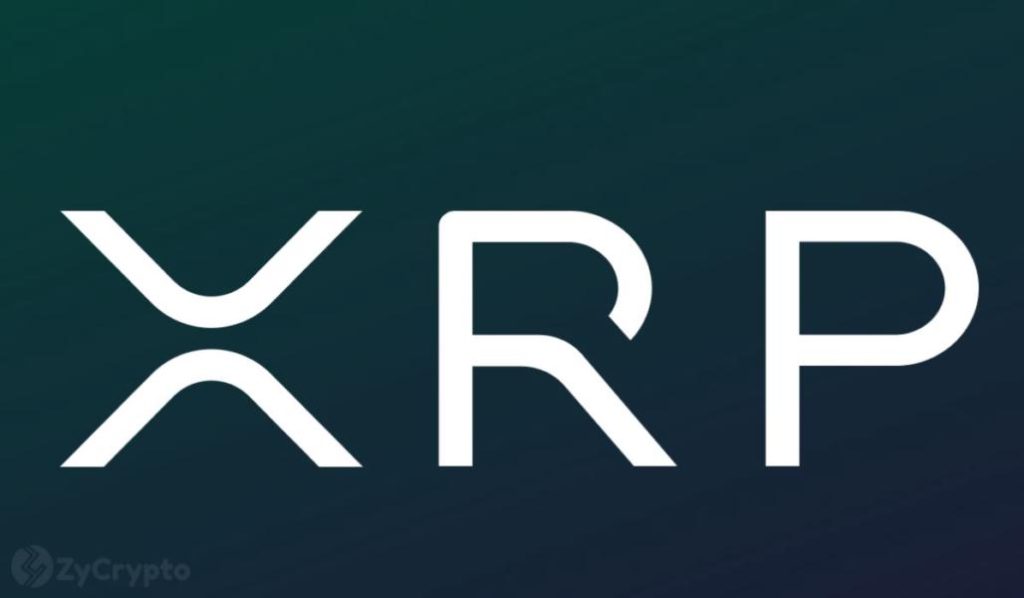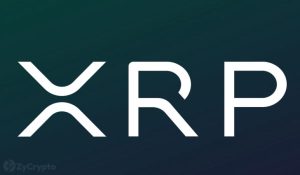Bitcoin vs XRP: A Deep Dive into the Rivalry Shaping the Future of Digital Finance

The ongoing debate between Bitcoin and XRP represents a clash between two distinct philosophies of digital finance. While Bitcoin continues to dominate as the first and most widely recognized cryptocurrency, XRP has carved a niche through its focus on speed, scalability, and institutional utility. Both assets serve unique roles within the evolving blockchain ecosystem—Bitcoin as a decentralized store of value and XRP as a bridge currency for cross-border transactions. As regulatory frameworks tighten and global adoption expands, the contrast between these two digital giants highlights the diverging paths that could define the future of decentralized finance and global payments.
Bitcoin: The Pioneer of Decentralized Value
Bitcoin, launched in 2009 by the pseudonymous Satoshi Nakamoto, remains the benchmark for the cryptocurrency market. Built on a decentralized, proof-of-work blockchain, Bitcoin introduced the world to the concept of a peer-to-peer financial system, free from centralized intermediaries.
Often referred to as “digital gold,” Bitcoin’s primary strength lies in its scarcity—capped at 21 million coins—and its established security network powered by global miners. Investors view it as a hedge against inflation and economic instability, while institutional adoption continues to rise with companies integrating Bitcoin into their balance sheets and payment systems.
However, Bitcoin’s dominance comes with limitations. Its transaction speed averages 10 minutes per block, and its energy-intensive mining process has faced environmental criticism. Additionally, scalability issues have prompted debates on how to maintain efficiency without compromising decentralization—leading to the development of second-layer solutions like the Lightning Network.
XRP: The Digital Bridge for Global Payments
Created by Ripple Labs in 2012, XRP was designed to address inefficiencies in international money transfers—a sector traditionally burdened by high fees, delays, and fragmented banking networks. Unlike Bitcoin’s decentralized mining process, all XRP tokens were pre-mined, with Ripple controlling the majority supply.
XRP’s key advantage lies in transaction speed and cost efficiency. With settlements occurring in seconds and minimal transaction fees, it serves as a practical tool for financial institutions seeking to streamline cross-border payments. Ripple’s partnerships with banks and payment providers across Asia, Europe, and North America demonstrate the company’s ambition to integrate blockchain technology into mainstream financial infrastructure.
Despite its utility, XRP has faced regulatory challenges—most notably the high-profile case between Ripple Labs and the U.S. Securities and Exchange Commission (SEC). While recent rulings have provided partial clarity, questions remain about XRP’s classification and long-term regulatory standing in global markets.
Technology and Transaction Efficiency
When comparing technological efficiency, XRP holds a clear edge in transaction speed and scalability. The XRP Ledger processes up to 1,500 transactions per second (TPS) compared to Bitcoin’s seven. This makes XRP more suitable for high-frequency, institutional-grade financial operations.
Bitcoin, however, prioritizes decentralization and security over speed. Its robust, transparent network—secured by thousands of nodes—makes it nearly immune to manipulation or double-spending attacks. This emphasis on trustlessness has become a cornerstone of its enduring credibility, even as it struggles with energy consumption and transaction delays.
In essence, Bitcoin is a store of value; XRP is a vehicle for value transfer. Both solve different problems using blockchain technology but cater to distinct audiences—investors seeking security versus institutions demanding efficiency.
Regulatory Landscape and Institutional Adoption
Regulation remains a defining factor in the evolution of both Bitcoin and XRP. Governments and financial authorities worldwide are developing frameworks to govern the use, taxation, and trading of digital assets.
Bitcoin, with its decentralized structure and established track record, has gained partial acceptance among regulators as a legitimate asset class. Countries such as El Salvador have even adopted it as legal tender, signaling a growing institutional comfort with its use.
XRP, on the other hand, continues to navigate regulatory scrutiny, especially concerning its association with Ripple Labs. While recent developments in the U.S. have provided some relief to XRP holders, the ongoing legal uncertainty has slowed its integration into certain markets. Yet, its utility in facilitating instant liquidity for banks remains a strong value proposition, particularly in regions with underdeveloped financial systems.
Market Performance and Investor Sentiment
From a market capitalization perspective, Bitcoin remains the undisputed leader, commanding the largest share of the cryptocurrency market. Its liquidity, media visibility, and institutional interest make it a safe haven within the volatile crypto ecosystem.
XRP, while often ranking among the top digital assets by market cap, experiences more pronounced volatility due to legal developments and speculation surrounding Ripple’s partnerships. However, XRP’s loyal community and consistent trading volume indicate enduring investor confidence in its long-term vision.
Bitcoin appeals to long-term holders and macroeconomic investors, whereas XRP attracts those seeking functional utility and exposure to blockchain-based financial innovation.
Environmental and Operational Considerations
Bitcoin’s proof-of-work consensus mechanism demands immense computational power, leading to concerns about carbon emissions and sustainability. Although initiatives such as renewable-powered mining and the migration of miners to cleaner energy sources have improved its footprint, the environmental debate continues to shape its public perception.
XRP operates on a consensus protocol that requires significantly less energy. Transactions on the XRP Ledger consume minimal power, positioning it as one of the more environmentally sustainable digital assets. In an era of ESG-conscious investing, this gives XRP an advantage among environmentally aware institutions and investors.
The Future of Digital Finance: Complementary or Competitive?
Rather than existing as direct competitors, Bitcoin and XRP may ultimately serve complementary roles within the digital financial ecosystem. Bitcoin continues to represent the ideology of decentralization, offering individuals financial sovereignty and an inflation-resistant asset. XRP, meanwhile, focuses on practicality—bridging traditional banking systems with the efficiency of blockchain.
As global economies explore central bank digital currencies (CBDCs) and blockchain-integrated payment networks, both Bitcoin and XRP could coexist within a diversified digital landscape. Bitcoin might remain the premier store of digital value, while XRP functions as the infrastructure connecting currencies, institutions, and real-time settlements across borders.
Conclusion: Divergent Paths, Shared Future
The Bitcoin vs XRP debate encapsulates the broader transformation occurring in the world of finance. One is a decentralized revolution challenging monetary orthodoxy; the other is a technological bridge uniting legacy systems with digital innovation.
While Bitcoin defines digital scarcity and self-sovereignty, XRP exemplifies speed, scalability, and institutional collaboration. Both are reshaping how value moves across the globe—one through independence, the other through integration.
In the end, their coexistence may not be a rivalry but a reflection of a maturing digital economy—where different visions of blockchain converge to build a more connected, efficient, and inclusive global financial future.




